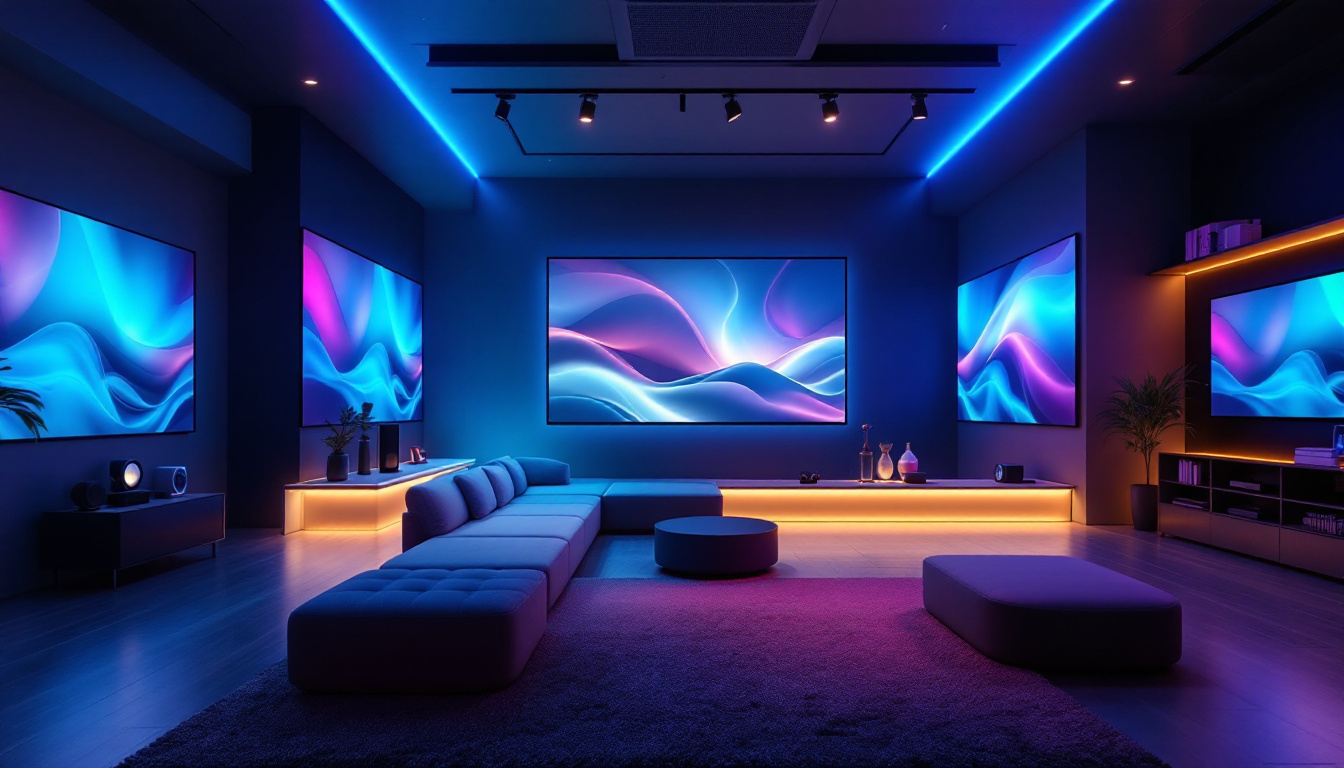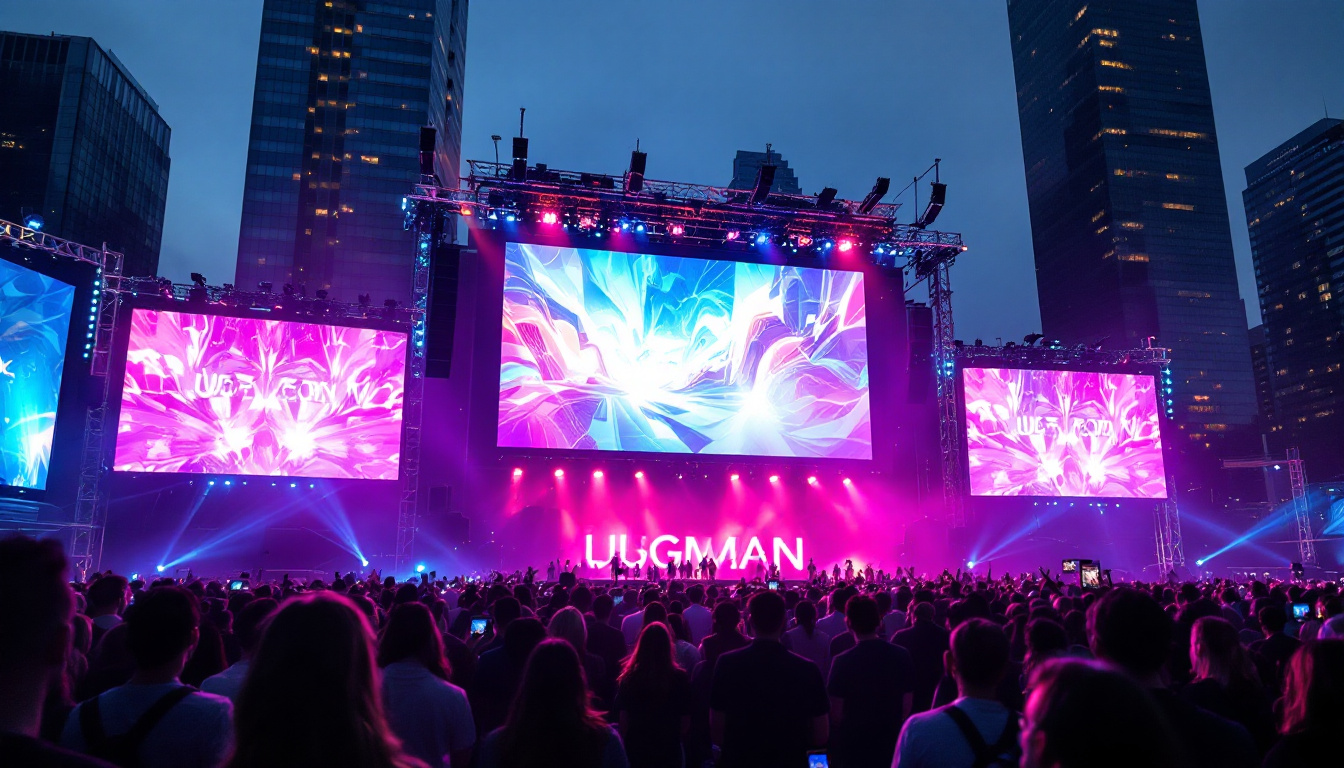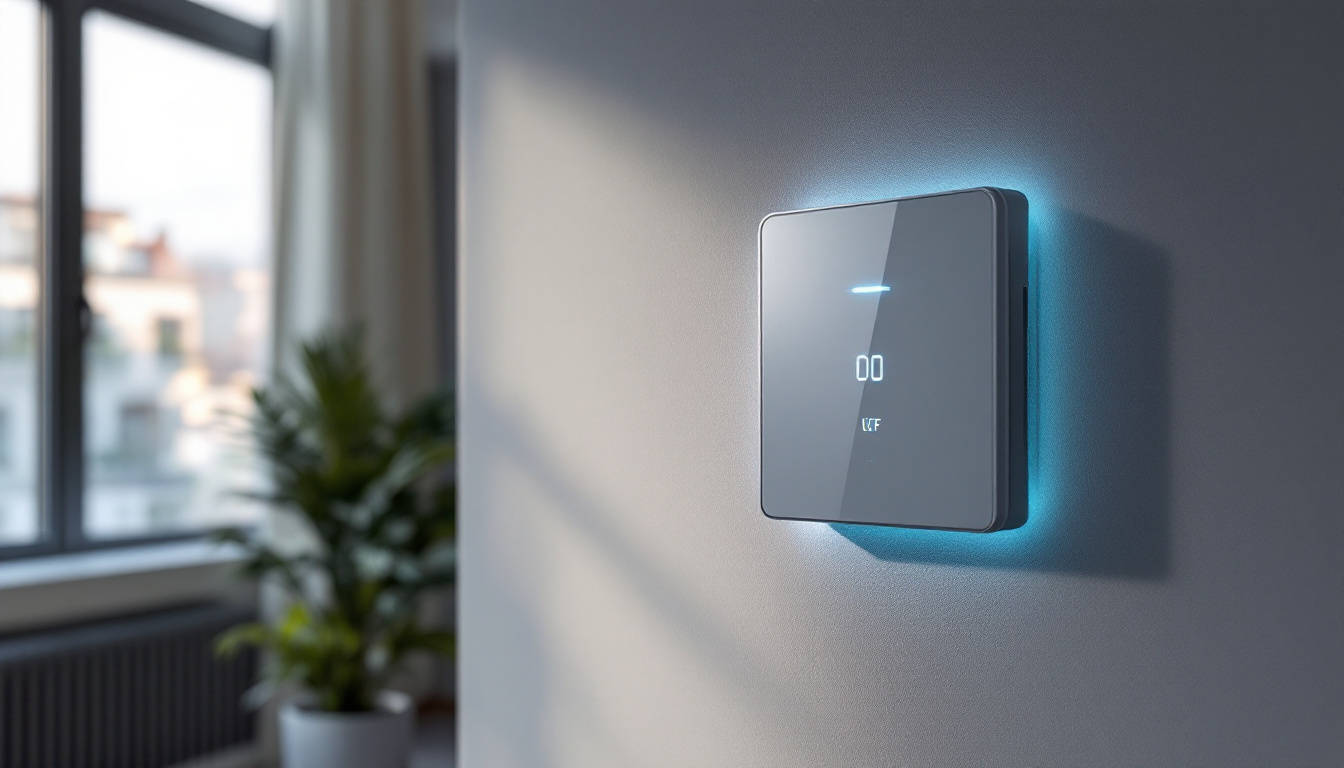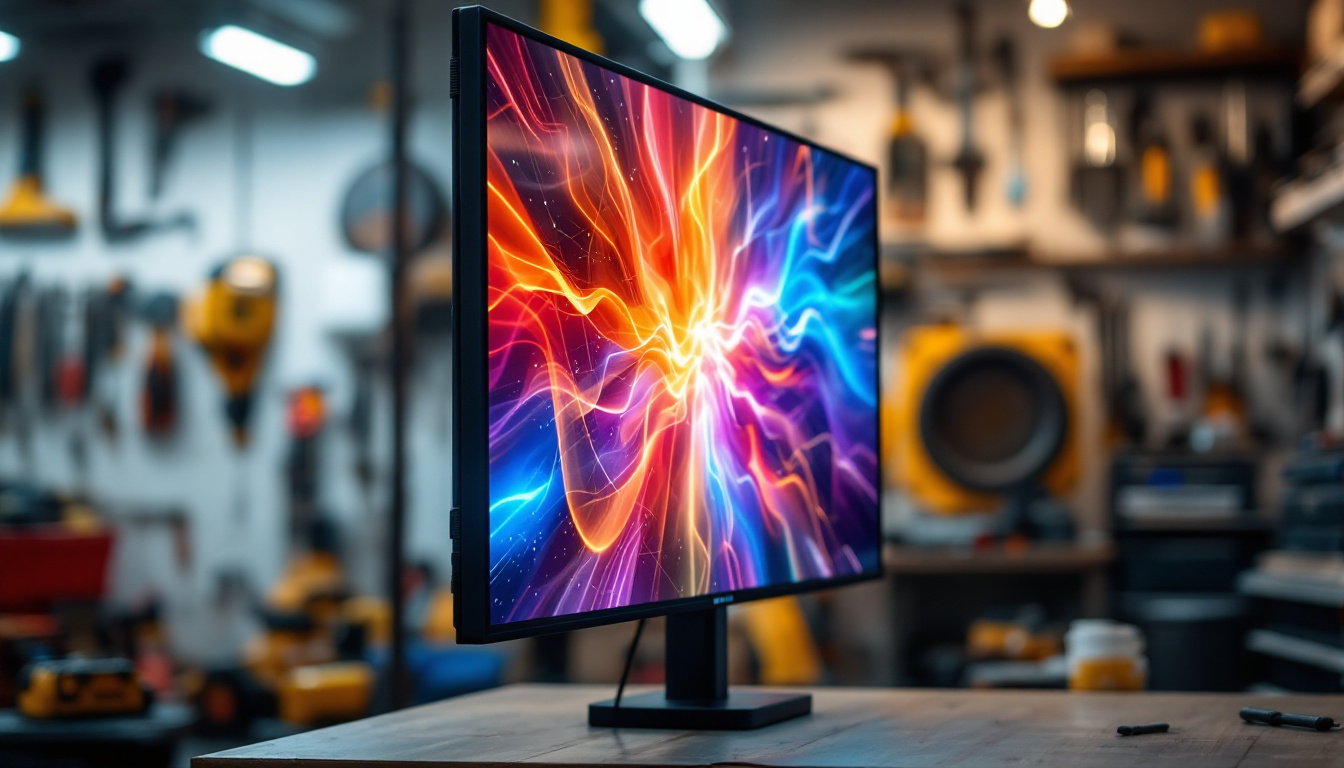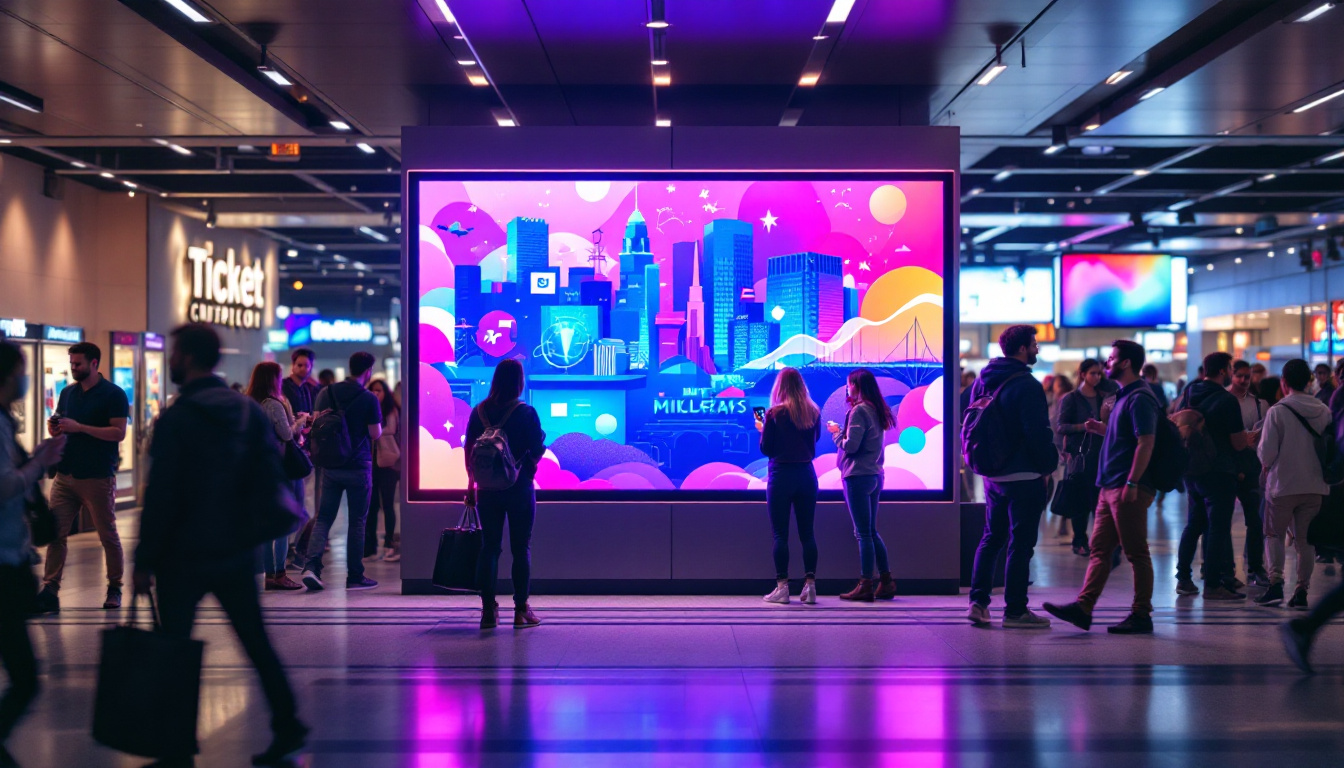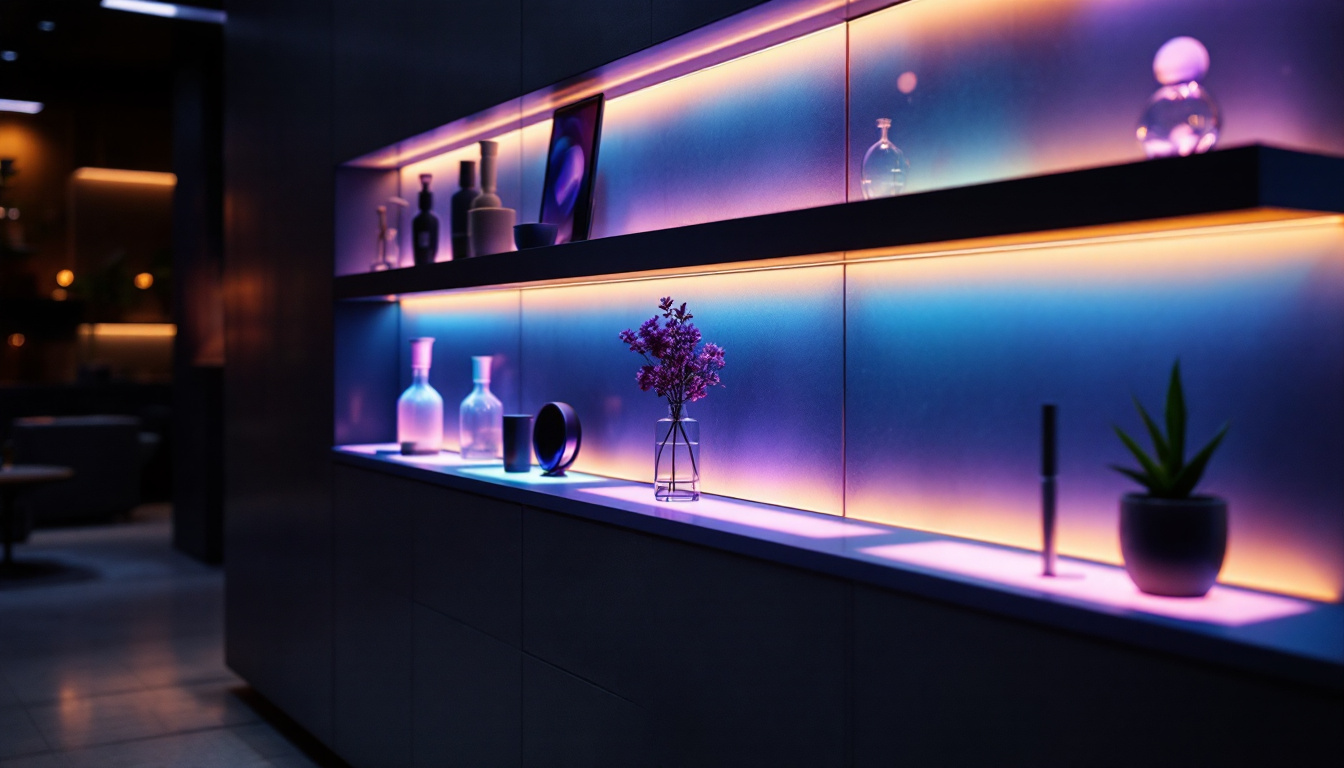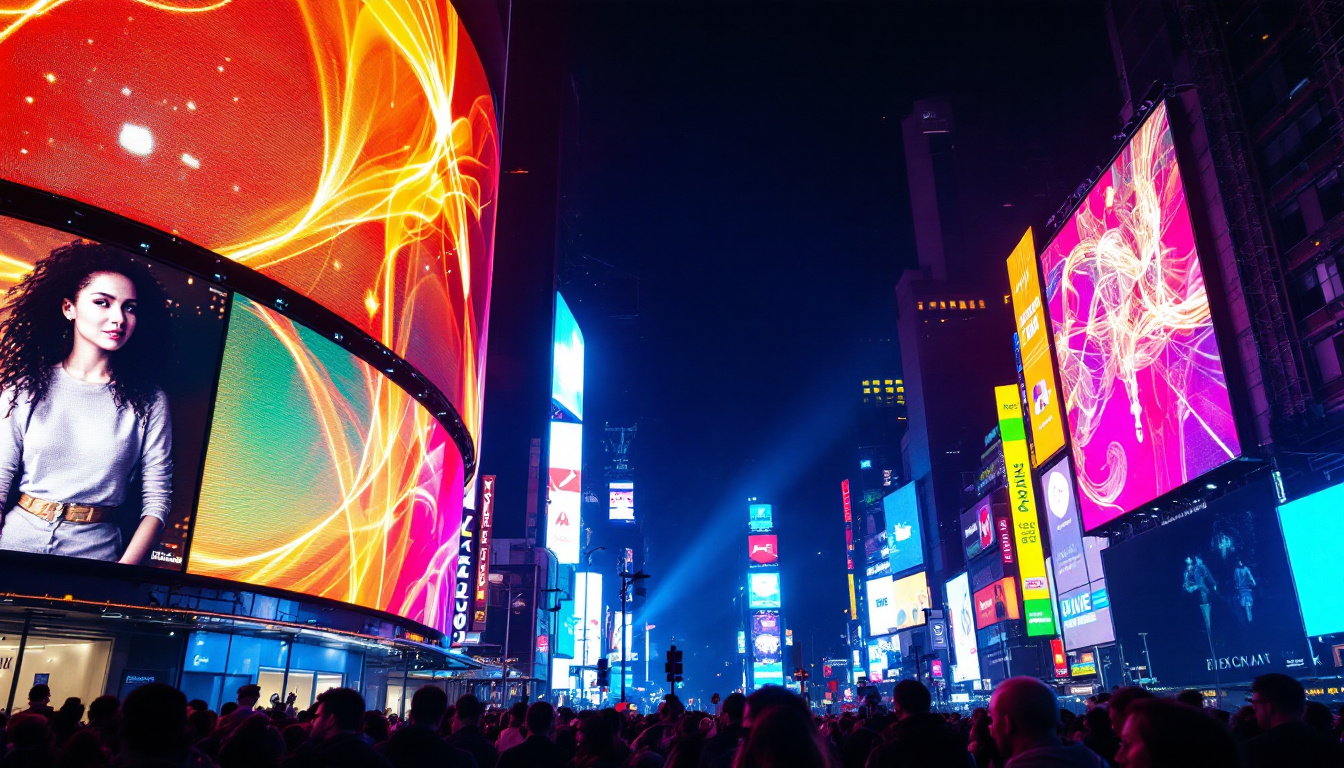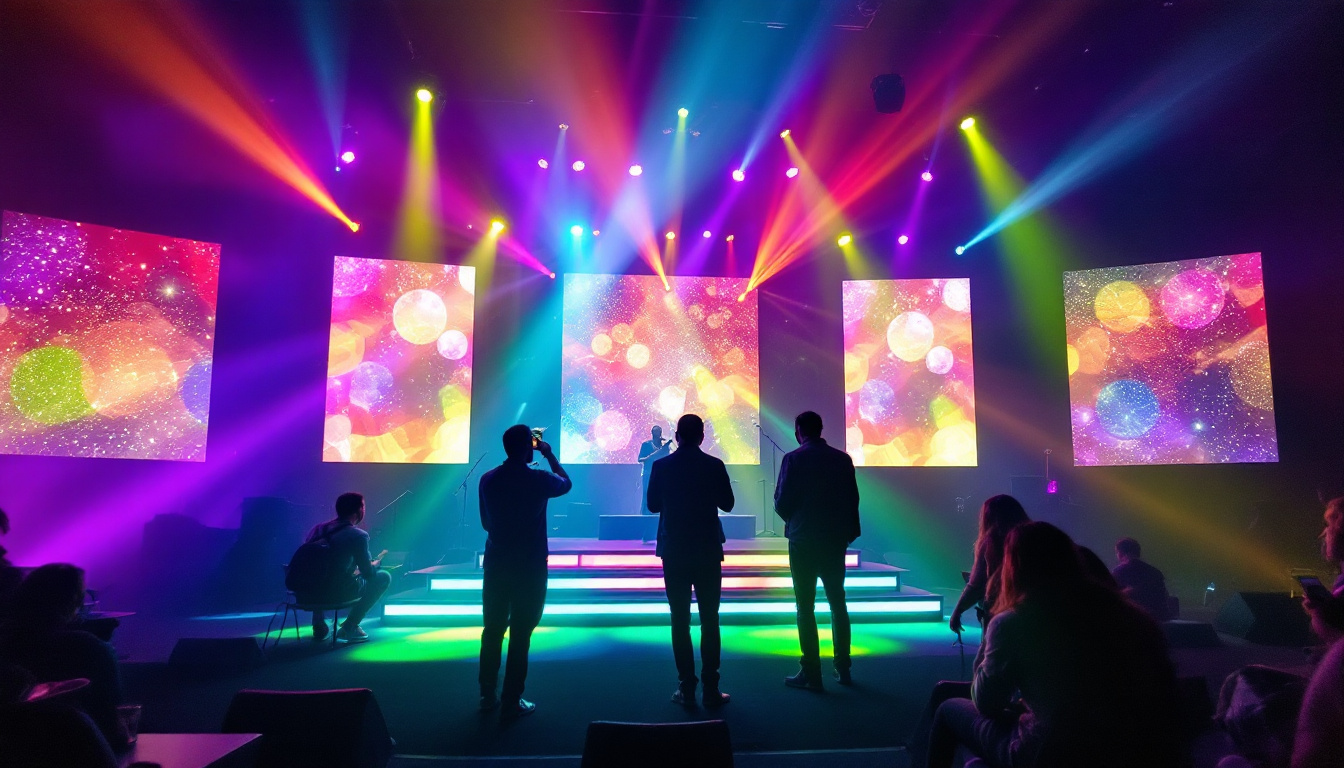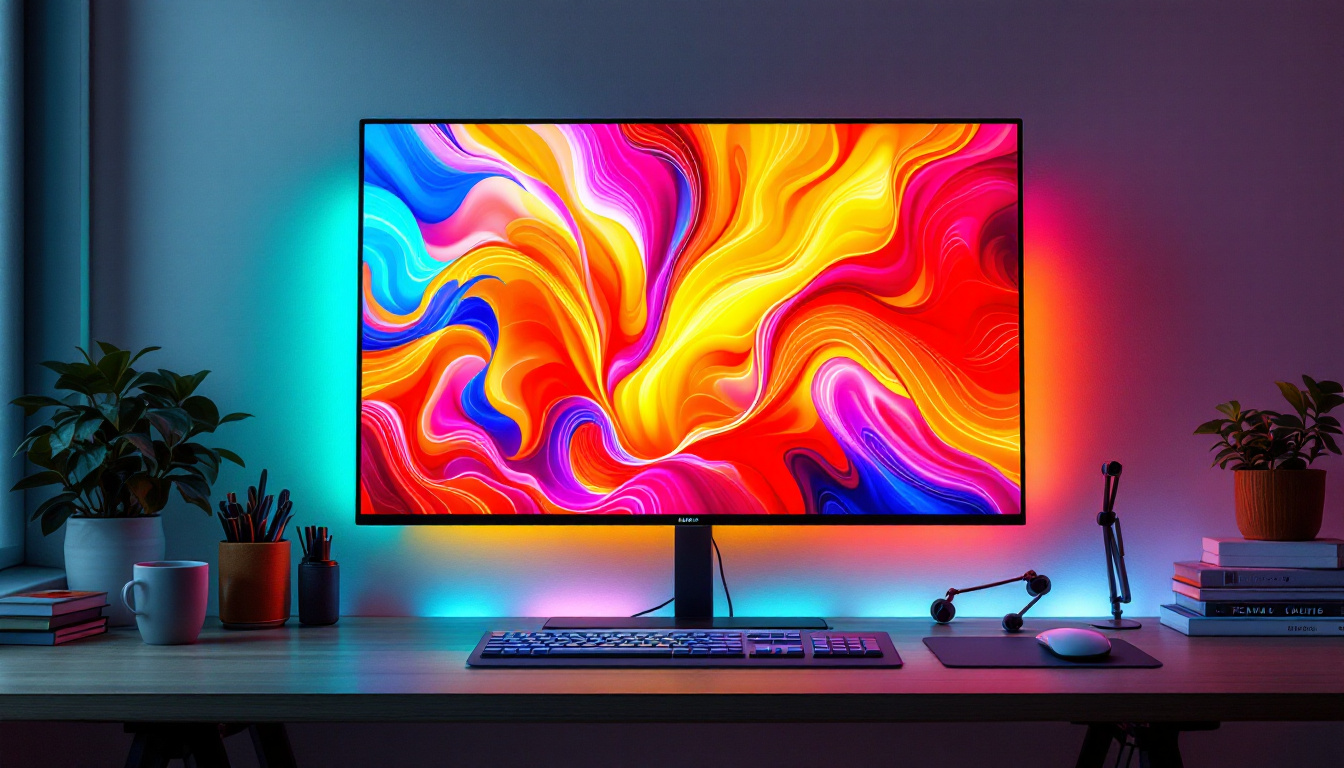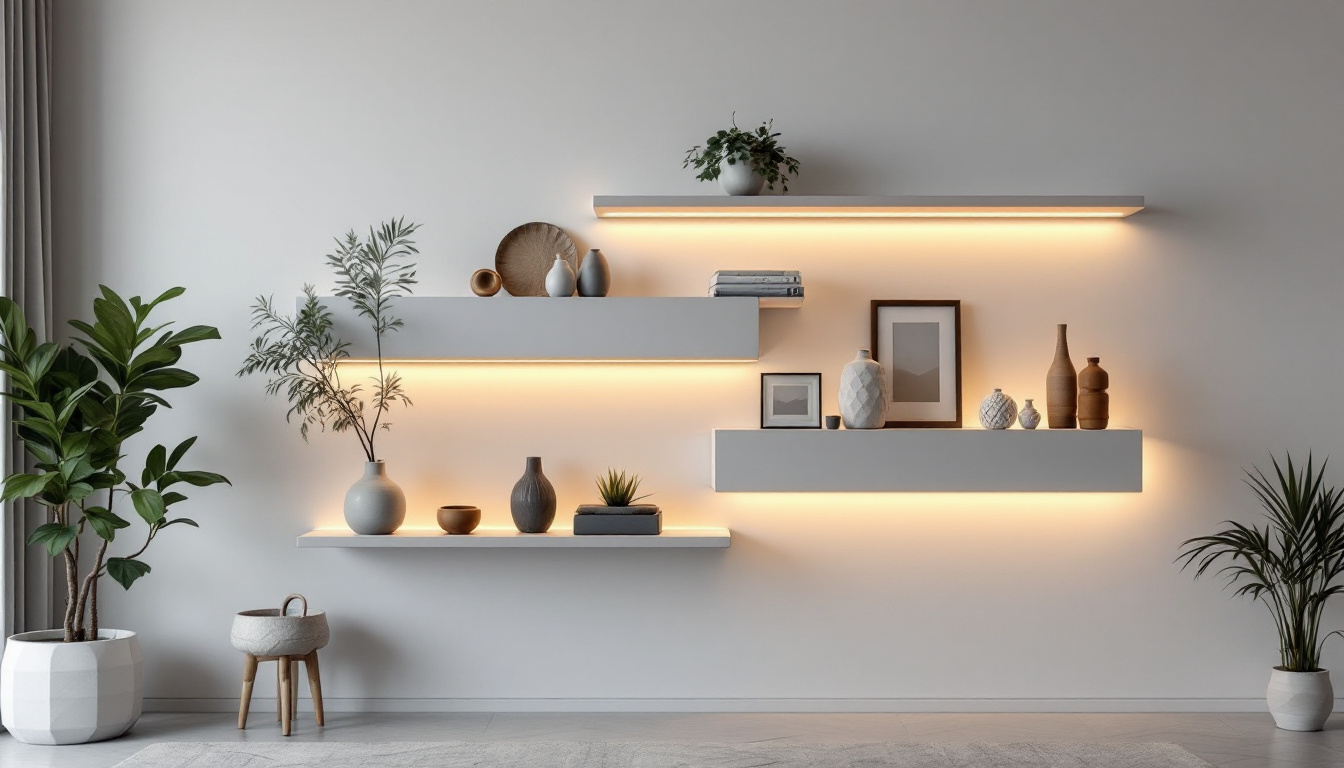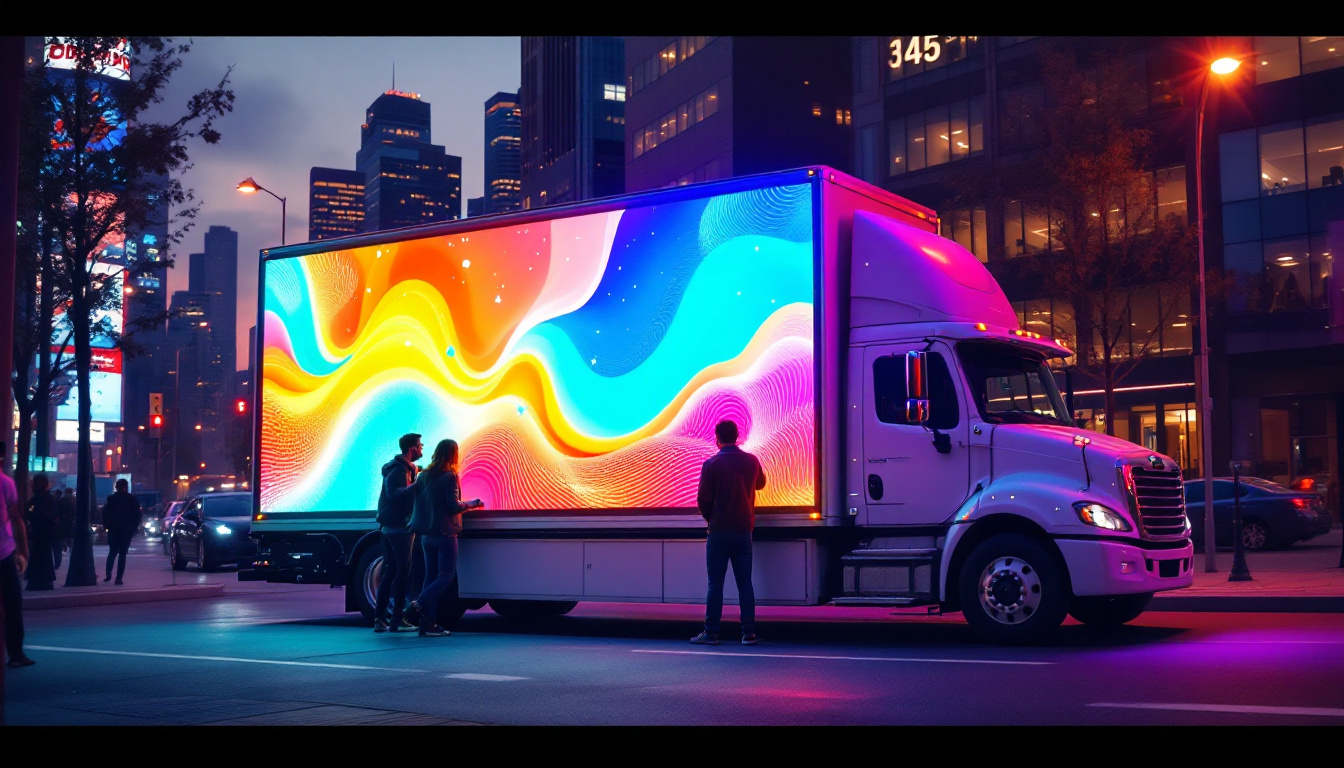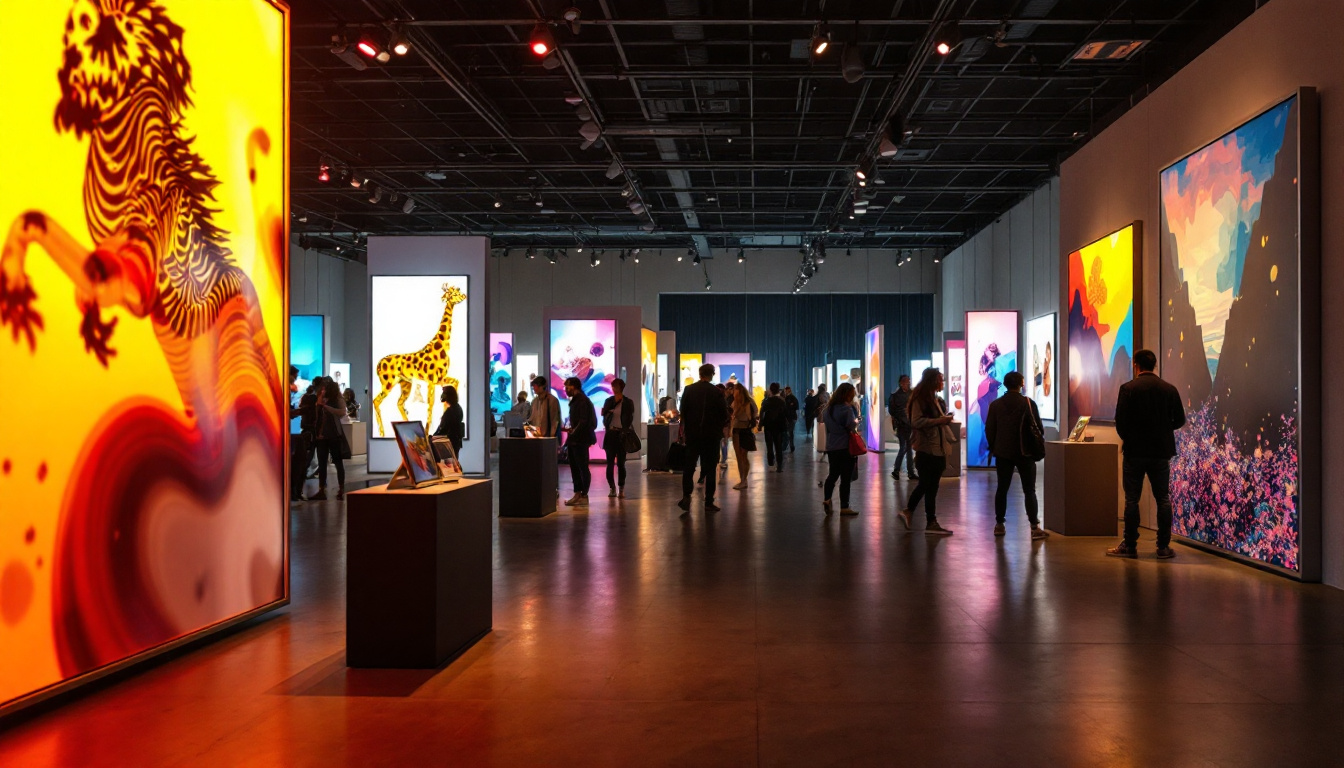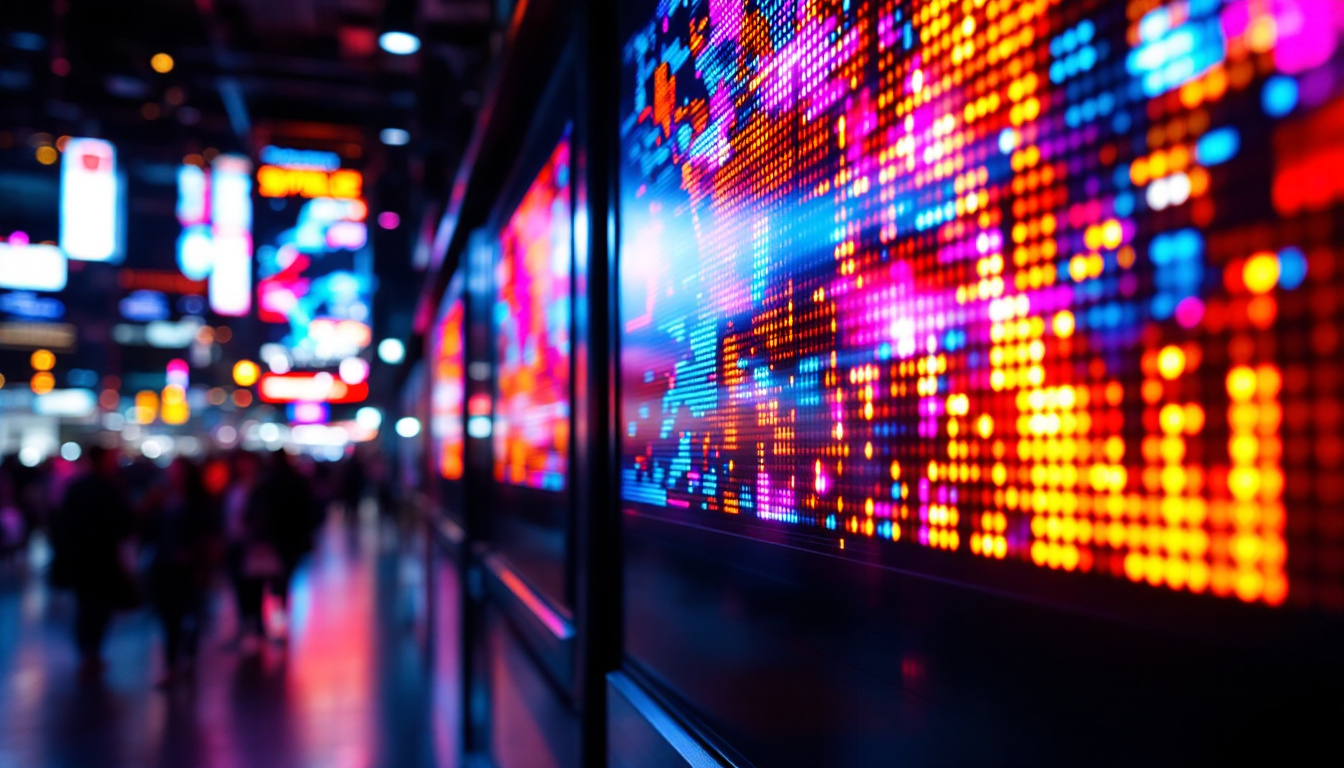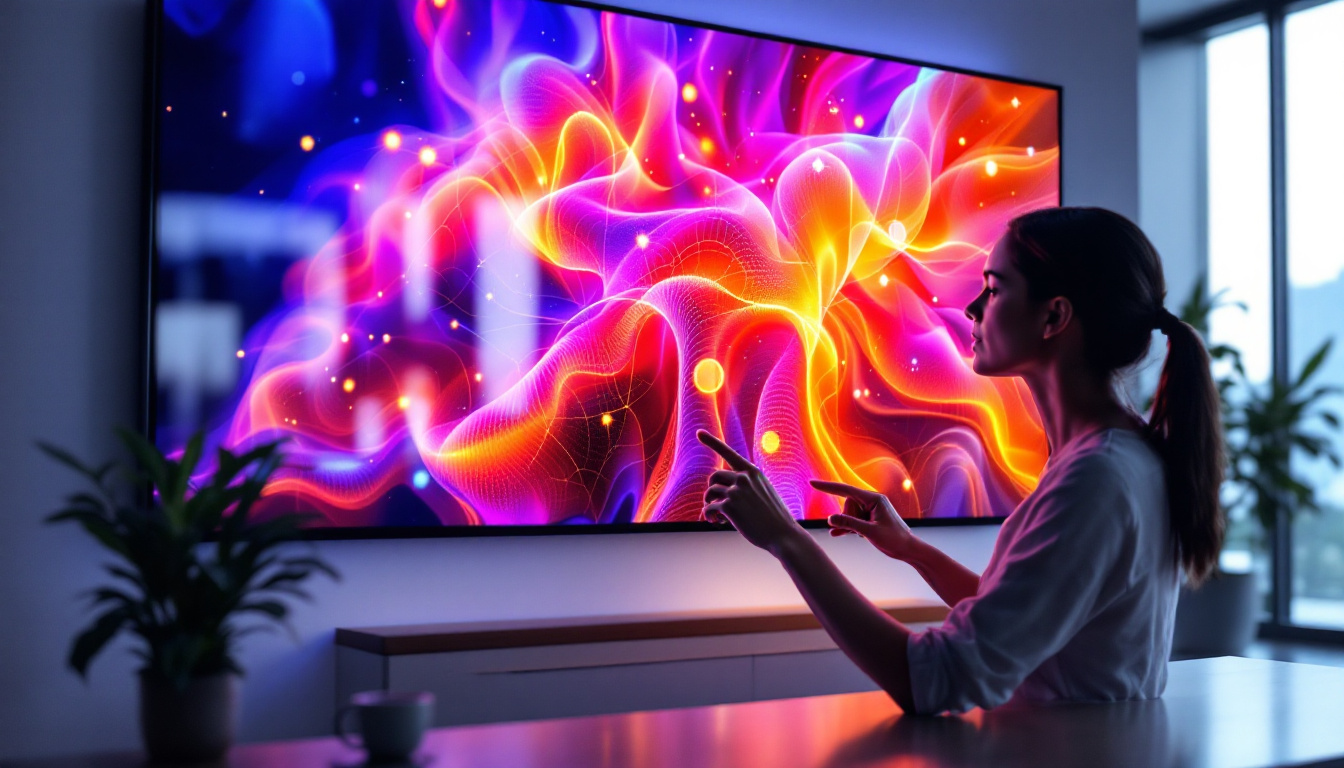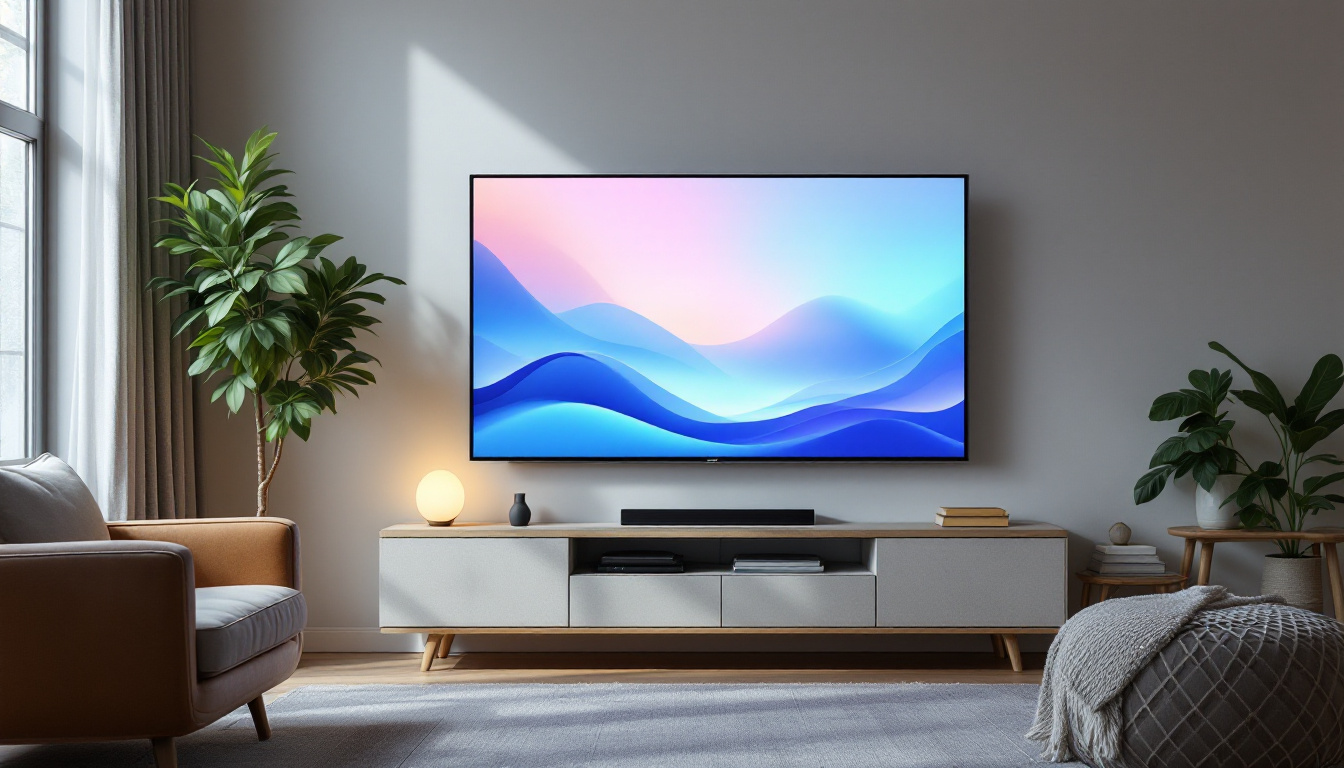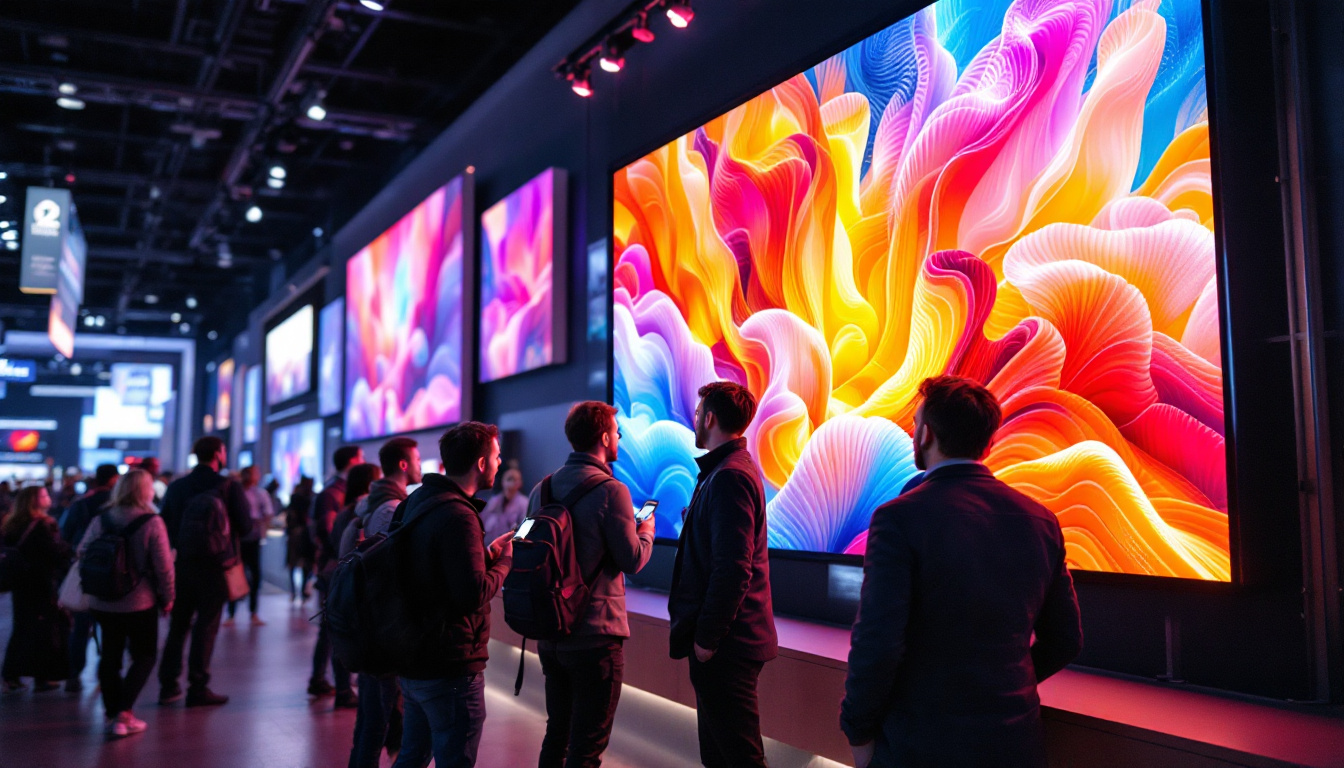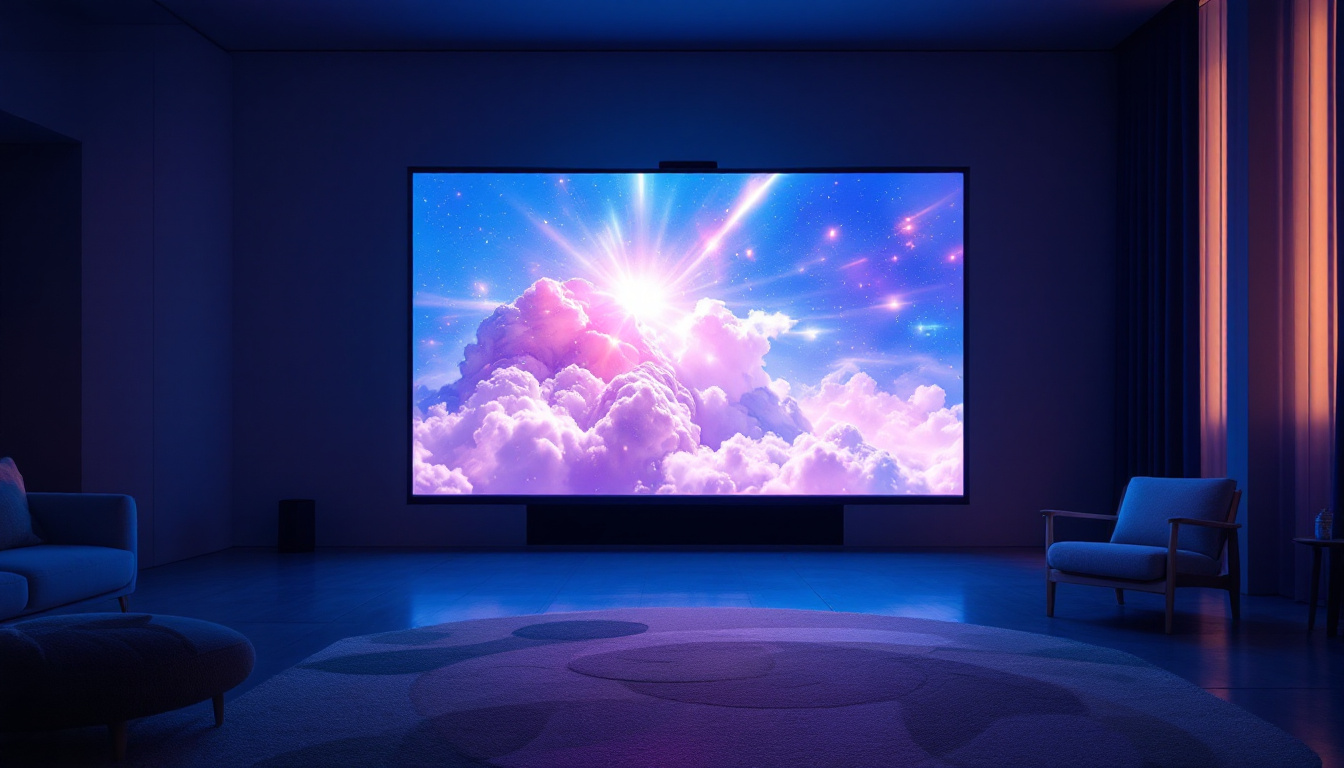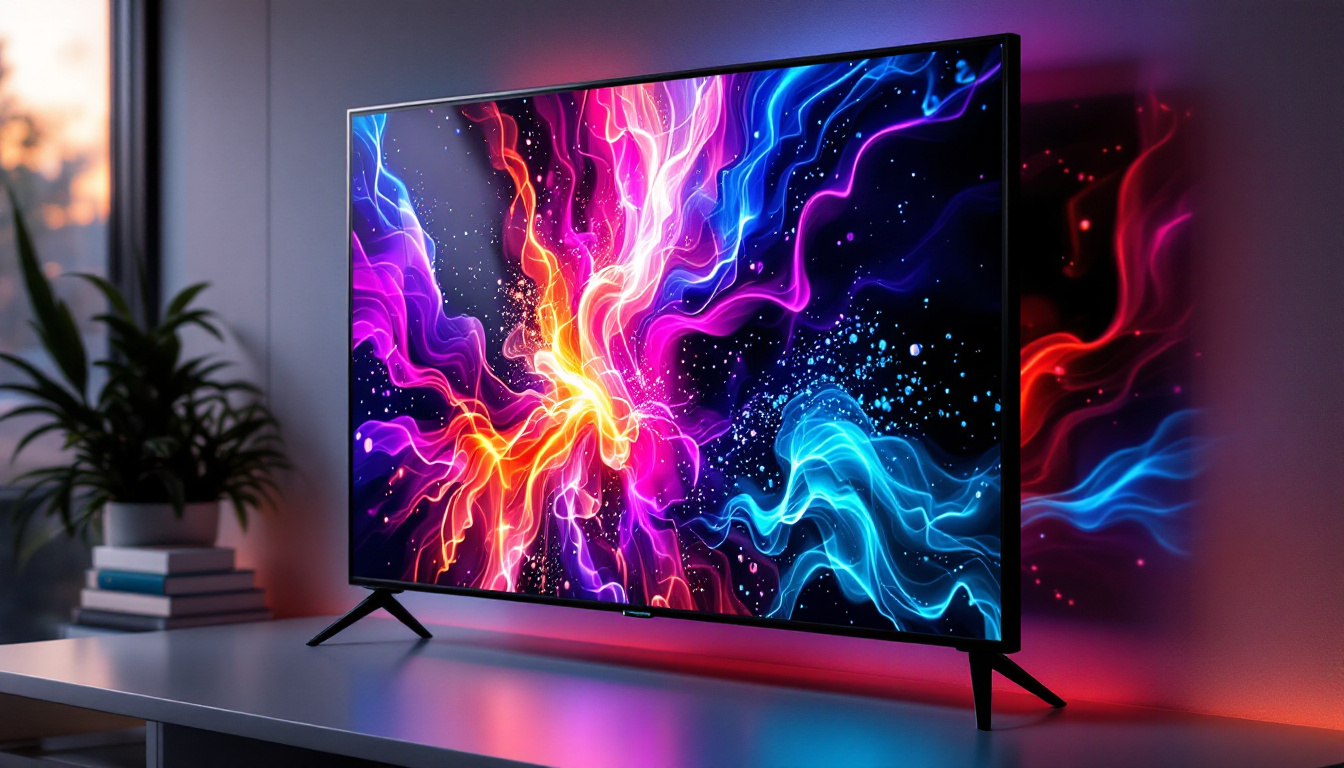In the realm of modern technology, audio and video showrooms have transformed into immersive environments that showcase the latest innovations in display technology. Among these advancements, LED displays have emerged as a cornerstone for delivering high-quality visual experiences. This article delves into the intricacies of LED displays, their benefits, and their role in innovative audio video showrooms.
The Evolution of Display Technology
Over the past few decades, display technology has undergone significant changes. From bulky CRT monitors to sleek flat screens, the journey has been marked by rapid advancements. The introduction of LED (Light Emitting Diode) technology has revolutionized the way visuals are presented, offering brighter, more vibrant images with improved energy efficiency. This shift has not only enhanced the viewing experience but has also paved the way for innovations in design, allowing for thinner and lighter screens that can be integrated into various environments seamlessly.
The Shift from Traditional Displays
Traditional display technologies, such as LCD and plasma screens, have served their purpose well but come with limitations. LCDs often struggle with color accuracy and viewing angles, while plasma screens can suffer from burn-in issues. In contrast, LED displays offer superior color reproduction and wider viewing angles, making them ideal for both commercial and residential use. Additionally, the durability of LED screens has made them a preferred choice for outdoor applications, where exposure to the elements can be a concern. As a result, we see LED technology being utilized in everything from stadium screens to public transport signage, showcasing its versatility and resilience.
Key Milestones in LED Technology
The journey of LED technology began in the early 1960s with the development of the first visible LED. However, it wasn’t until the late 1990s that LED displays started to gain traction in the consumer market. The introduction of full-color LED displays marked a significant milestone, allowing for a broader range of applications, from advertising billboards to home entertainment systems. Furthermore, advancements in organic LED (OLED) technology have taken the visual experience to new heights, offering deeper blacks and more vibrant colors due to their ability to emit light on a pixel-by-pixel basis. This has led to the emergence of high-end televisions and monitors that deliver an unparalleled viewing experience, captivating audiences with stunning visuals that were previously unimaginable.
Understanding LED Displays
LED displays are made up of a matrix of tiny light-emitting diodes that create images by illuminating in various colors. This technology can be categorized into two main types: direct-view and backlit. Each type has its unique features and applications, making them suitable for different environments.
Direct-View LED Displays
Direct-view LED displays consist of individual LED modules that form a cohesive screen. These displays are known for their exceptional brightness and contrast, making them ideal for outdoor advertising and large venues. The modular design allows for seamless scaling, enabling the creation of massive video walls that can captivate audiences in stadiums, concerts, and trade shows. Additionally, the durability of direct-view LED displays makes them resistant to harsh weather conditions, ensuring that they can maintain high performance even in rain or extreme sunlight. This resilience contributes to their popularity in public spaces, where they serve not only as advertising platforms but also as information displays for events and transportation systems.
Backlit LED Displays
Backlit LED displays, on the other hand, utilize LED technology to illuminate an LCD panel. This combination enhances color accuracy and contrast, making it suitable for home theaters and professional environments. Backlit displays are often more affordable and can be found in various sizes, catering to different consumer needs. The energy efficiency of backlit LED displays is another significant advantage, as they consume less power compared to traditional LCDs, leading to lower electricity bills and a smaller carbon footprint. Furthermore, advancements in technology have led to the development of edge-lit and full-array backlighting techniques, which provide even better picture quality and uniformity across the screen, enhancing the viewing experience for movies, gaming, and graphic design applications.
The Advantages of LED Displays
LED displays offer a multitude of advantages that contribute to their growing popularity in audio video showrooms. From superior image quality to energy efficiency, these displays are designed to meet the demands of modern consumers.
Enhanced Image Quality
One of the most significant benefits of LED displays is their ability to produce stunning visuals. With high brightness levels and excellent color accuracy, LED technology ensures that images appear vibrant and lifelike. This quality is particularly important in showrooms, where the goal is to create an immersive experience that captivates potential buyers.
Energy Efficiency
In an age where energy consumption is a growing concern, LED displays stand out for their efficiency. Compared to traditional display technologies, LEDs consume significantly less power, making them a more sustainable choice. This efficiency not only reduces electricity bills but also minimizes the environmental impact, aligning with the values of eco-conscious consumers.
Longevity and Durability
LED displays are known for their longevity, often lasting over 100,000 hours of use. This durability translates to lower maintenance costs and fewer replacements, making them a wise investment for businesses. In audio video showrooms, where displays are frequently used for demonstrations, the longevity of LED technology ensures that the visual experience remains consistent over time.
Applications of LED Displays in Showrooms
Audio video showrooms leverage LED displays in various ways to enhance customer engagement and showcase products effectively. From interactive displays to large video walls, the versatility of LED technology allows for creative implementations that can captivate audiences.
Interactive Displays
Interactive LED displays have become increasingly popular in showrooms, allowing customers to engage with products in a hands-on manner. These displays can feature touch-sensitive screens that provide information about products, enabling potential buyers to explore features and specifications at their own pace. This level of interactivity not only enhances the shopping experience but also fosters a deeper connection between the consumer and the product.
Video Walls
Video walls made up of multiple LED panels create a stunning visual impact in showrooms. These large-scale displays can be used to showcase product demonstrations, promotional videos, or even artistic visuals that enhance the overall ambiance of the space. The modular nature of LED technology allows for seamless integration, ensuring that the video wall appears as a single cohesive unit.
Digital Signage
Digital signage powered by LED displays serves as an effective marketing tool within audio video showrooms. These displays can be used to highlight special promotions, new arrivals, or upcoming events. The dynamic nature of digital signage allows businesses to update content easily, ensuring that customers are always informed about the latest offerings.
Challenges and Considerations
While LED displays offer numerous advantages, there are also challenges and considerations that must be addressed when integrating this technology into audio video showrooms. Understanding these factors can help businesses make informed decisions about their display solutions.
Initial Costs
One of the primary challenges associated with LED displays is the initial investment. High-quality LED technology can be expensive, particularly for large-scale installations. However, it is essential to consider the long-term benefits, including energy savings and reduced maintenance costs, which can offset the initial expenditure over time.
Installation and Calibration
Proper installation and calibration are crucial for maximizing the performance of LED displays. Poor installation can lead to issues such as uneven brightness or color discrepancies, detracting from the overall visual experience. It is advisable to work with experienced professionals who can ensure that the displays are set up correctly and calibrated for optimal performance.
Future Trends in LED Display Technology
As technology continues to evolve, so too does the landscape of LED displays. Emerging trends are shaping the future of this technology, paving the way for even more innovative applications in audio video showrooms.
MicroLED Technology
MicroLED technology is gaining traction as a next-generation display solution. These displays consist of microscopic LEDs that can be arranged to form high-resolution images. MicroLEDs offer improved brightness, contrast, and color accuracy compared to traditional LED displays, making them an exciting prospect for future showroom applications.
Flexible and Transparent Displays
The development of flexible and transparent LED displays is also on the rise. These innovative designs allow for creative installations that can adapt to various environments. For instance, transparent displays can be integrated into windows or partitions, providing a unique way to showcase products while maintaining visibility.
Integration with Smart Technology
As smart technology becomes increasingly prevalent, the integration of LED displays with smart systems is expected to grow. This integration can enhance the functionality of displays, allowing for features such as remote control, automated content updates, and interactive capabilities that respond to customer behavior.
Conclusion
Innovative audio video showrooms are at the forefront of showcasing the latest advancements in display technology, with LED displays leading the charge. Their superior image quality, energy efficiency, and versatility make them an ideal choice for creating immersive environments that engage customers and enhance the shopping experience. As technology continues to evolve, the future of LED displays promises even more exciting possibilities, ensuring that audio video showrooms remain dynamic spaces that captivate and inspire.
In summary, understanding the intricacies of LED displays and their applications can empower businesses to make informed decisions about their showroom setups. By embracing this technology, audio video showrooms can elevate their offerings and create memorable experiences for their customers.
Discover LumenMatrix LED Display Solutions
Ready to transform your audio video showroom into an immersive experience that stands out? LumenMatrix is at the cutting edge of LED display technology, offering a wide array of solutions tailored to your needs. From Indoor and Outdoor LED Wall Displays to innovative Transparent and Custom LED Displays, our products are designed to captivate your audience and amplify your message. Experience the future of visual engagement with LumenMatrix and take the first step towards an unforgettable visual journey. Check out LumenMatrix LED Display Solutions today and see the difference for yourself.

